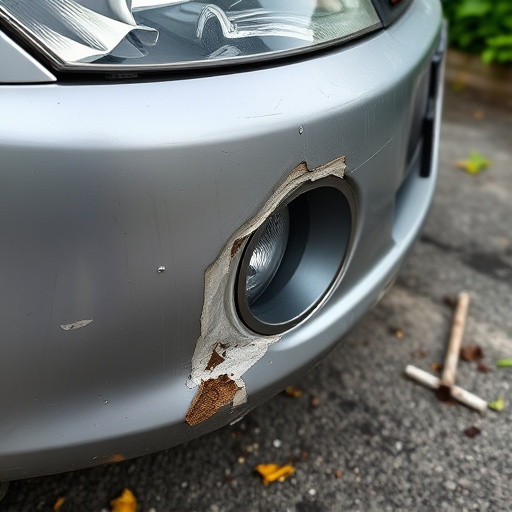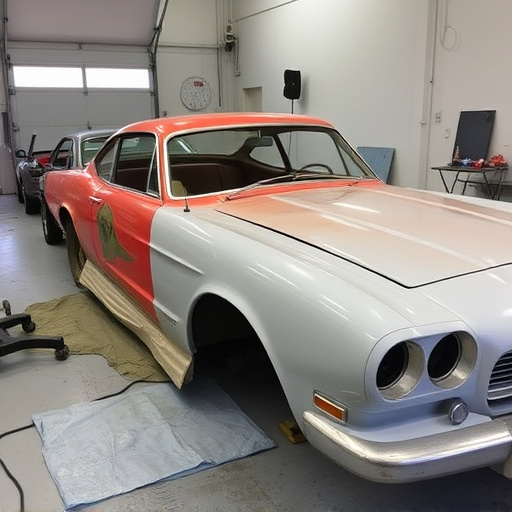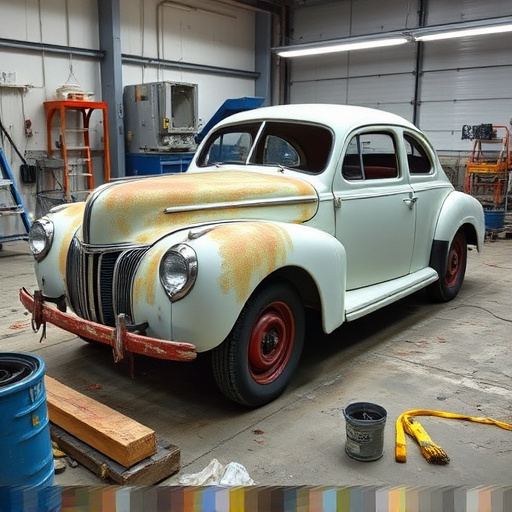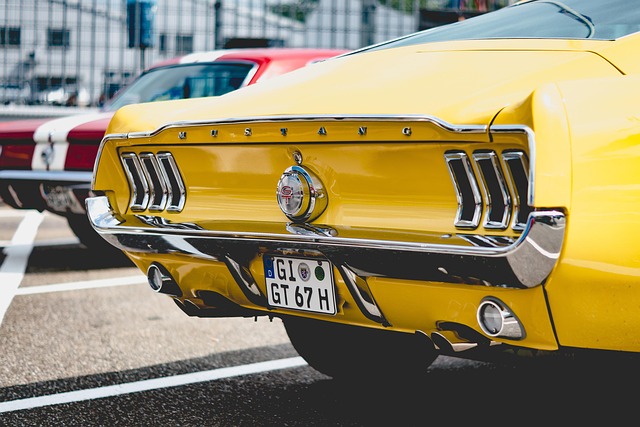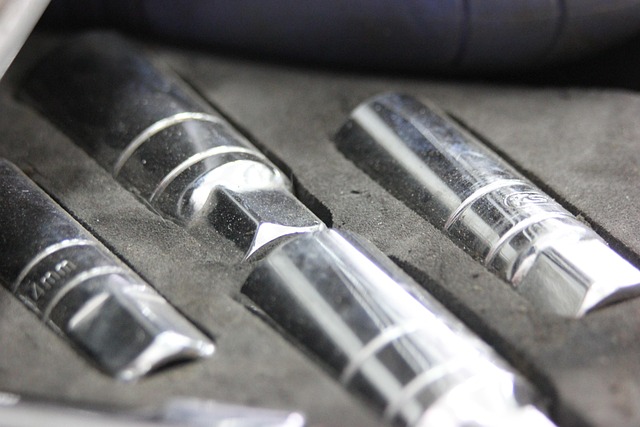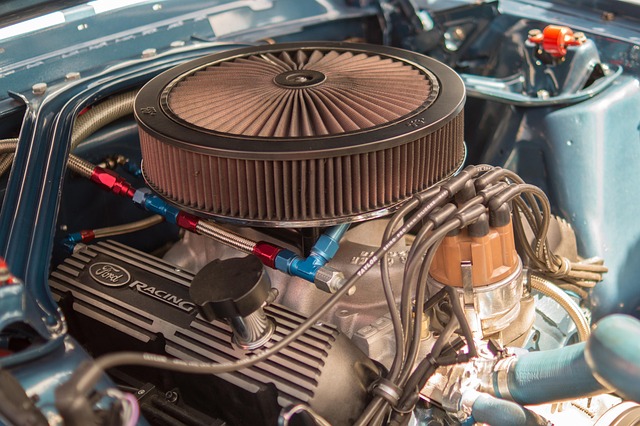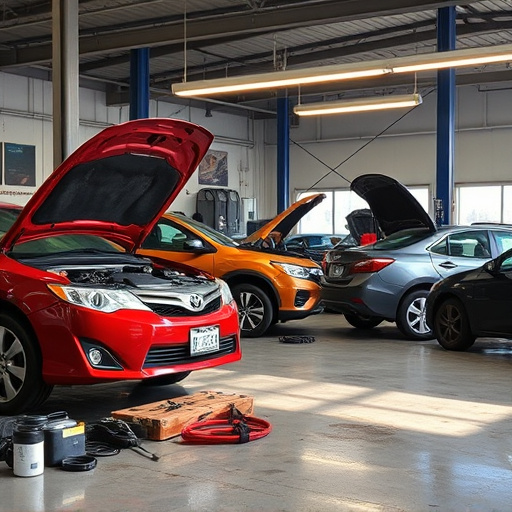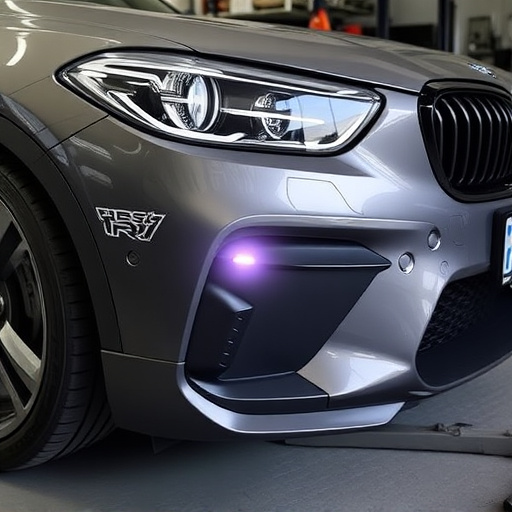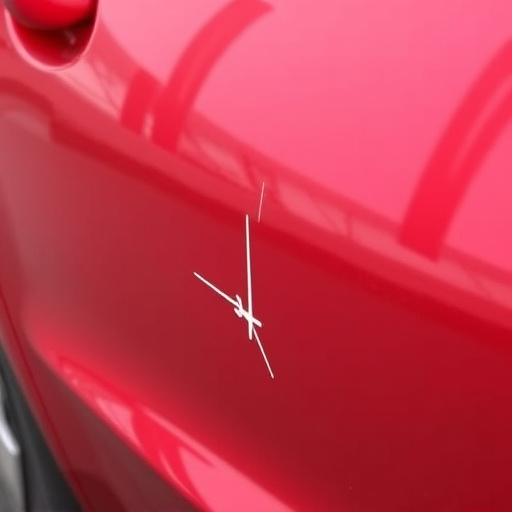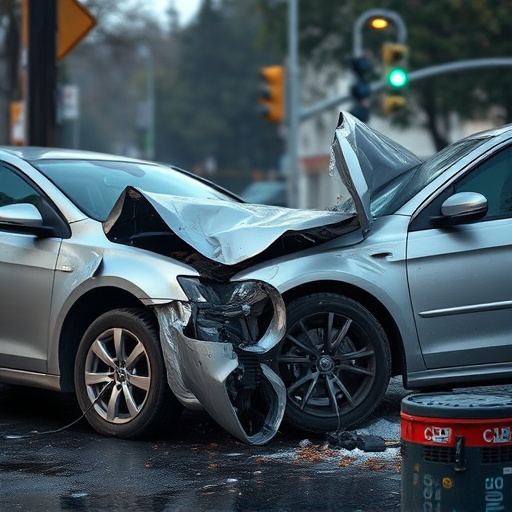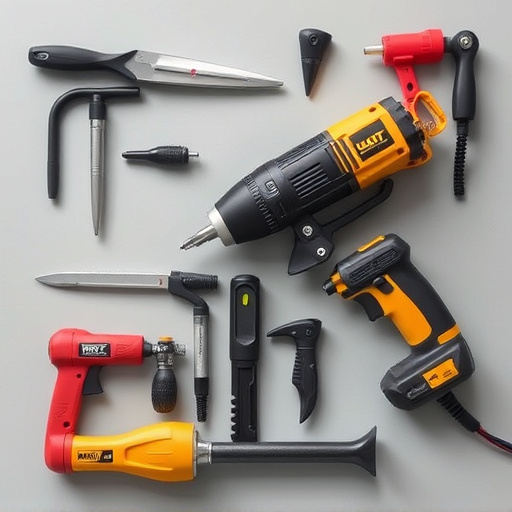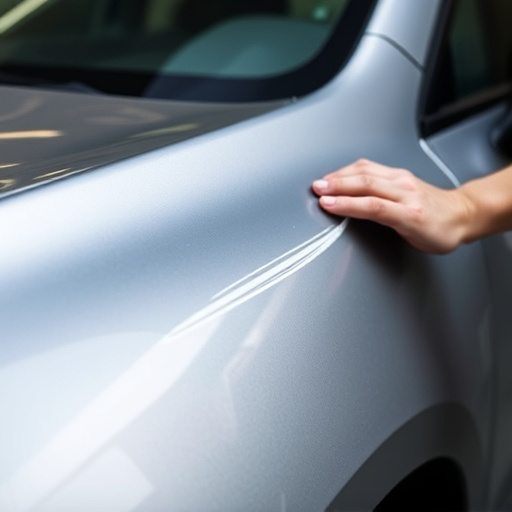Uneven color and texture in a restored car's paint finish signal subpar work, caused by inconsistent application techniques like preparation, mixing, or spraying. Blistering and peeling indicate defects in preparation or painting methods. Rough surfaces suggest inadequate care during stages like preparation, sanding, or application. Accurate frame straightening is vital to hide previous damage, prevent future issues like warped panels, bubbles, and visible brush strokes, emphasizing the importance of regular inspections for high-quality paint finish restoration.
“Ensure top-notch paint finish restoration with a keen eye for these telltale signs. Uneven color and texture indicate inconsistent application, while blistering and peeling point to defective repairs. Lack of smoothness reveals subpar finishing work. Learn to identify these issues—’blistering,’ ‘peeling,’ ‘uneven color,’ ‘texture,’ and ‘smoothness’—to guarantee a professional, long-lasting result. Master the art of paint finish restoration today.”
- Uneven Color and Texture: Signs of Inconsistent Application
- Blistering and Peeling: Identifying Defective Repairs
- Lack of Smoothness: When Restoration Falls Short
Uneven Color and Texture: Signs of Inconsistent Application

One of the most noticeable signs of poor paint finish restoration work is uneven color and texture across the car’s surface. This often indicates inconsistent application during the repair process, which can leave some areas looking different from others. For instance, you might notice lighter or darker spots on the freshly restored body panels compared to the rest of the vehicle. Similarly, the texture could vary, with some sections feeling smoother or rougher than the surrounding areas. Such inconsistencies are typically a result of subpar preparation, incorrect paint mixing, or inadequate spraying techniques during the restoration process.
When evaluating car restoration work, particularly in collision centers or bodyshops, it’s crucial to inspect these details closely. Inconsistent color and texture can not only affect the overall aesthetic appeal but also compromise the protection offered by the paint finish against future damage. This issue could lead to premature fading, chipping, or peeling of the paint, requiring additional maintenance and repairs in the car’s bodywork.
Blistering and Peeling: Identifying Defective Repairs
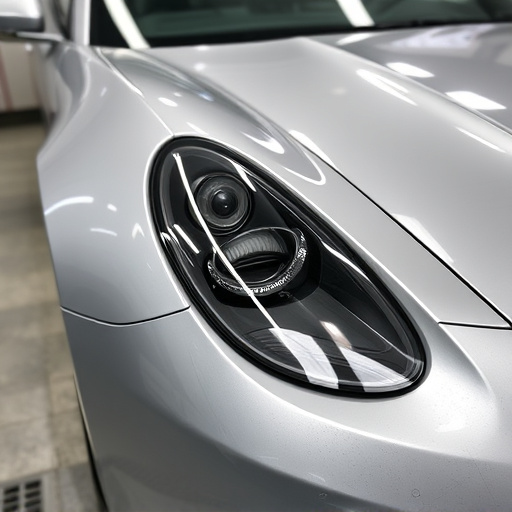
Blistering and peeling are clear signs that paint finish restoration work isn’t up to par. These defects often indicate poor preparation or subpar painting techniques used during the repair process. When a freshly painted surface starts to form blisters or peels away, it’s a strong indicator that something went wrong. Blisters typically form due to trapped moisture or air underneath the paint, leading to an uneven and unappealing finish. Peeling, on the other hand, can result from improper priming, inadequate adhesion, or using low-quality paint.
If you notice these issues after a paint finish restoration job on your vehicle, such as a Mercedes Benz repair at a reputable collision repair shop, it’s crucial to have the work reevaluated and corrected. Defective repairs not only compromise the aesthetics of your auto maintenance but can also lead to further damage if left unaddressed. Regular inspections and addressing these signs early are essential for maintaining a high-quality paint finish restoration.
Lack of Smoothness: When Restoration Falls Short

One of the most noticeable signs of subpar paint finish restoration is a lack of smoothness. After all, the final product should be as flawless and seamless as possible, blending perfectly with the existing vehicle paintwork. If the restoration process hasn’t been executed properly, it will become evident in the finished product. Look for any rough spots, uneven surfaces, or dips that give away an amateurish job. These imperfections can occur due to inadequate preparation of the surface, poor application techniques, or a lack of attention to detail during the sanding and priming stages of automotive repair services.
In a vehicle body shop, frame straightening is a critical step in achieving a pristine paint finish. However, if this process isn’t carried out correctly, it can result in warped panels and underlying issues that will affect the overall smoothness. Ensure that the restoration work includes thorough frame straightening to mitigate these problems, ensuring a high-quality paint job that conceals any previous damage and leaves no room for further complications, such as unsightly bubbles or visible brush strokes.
When assessing paint finish restoration work, it’s crucial to be vigilant for signs of poor craftsmanship. Uneven color and texture indicate inconsistent application, while blistering and peeling reveal defective repairs. A smooth, professional finish should be the goal, so any deviation from this standard is a red flag. By being aware of these issues, you can ensure that your paint finish restoration project yields beautiful, durable results.

